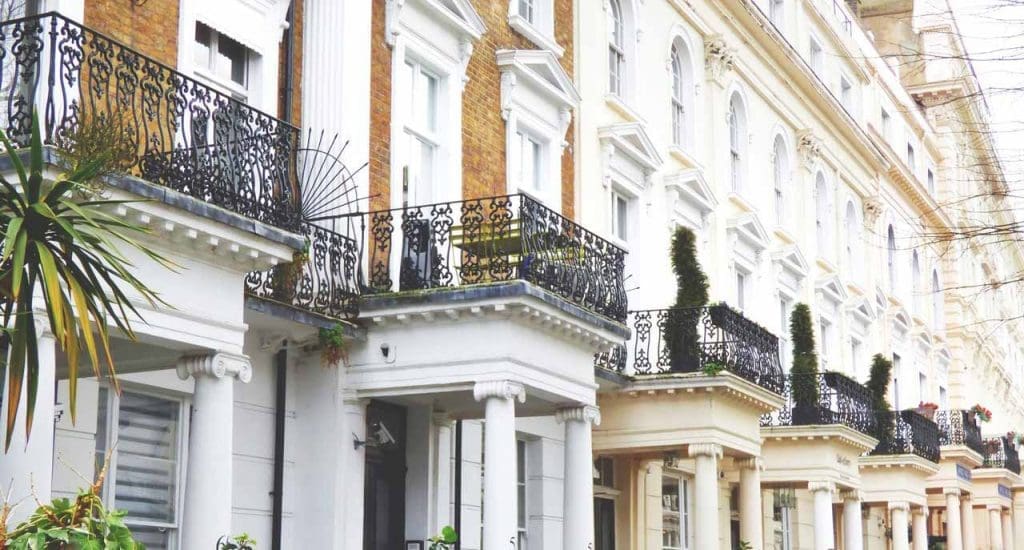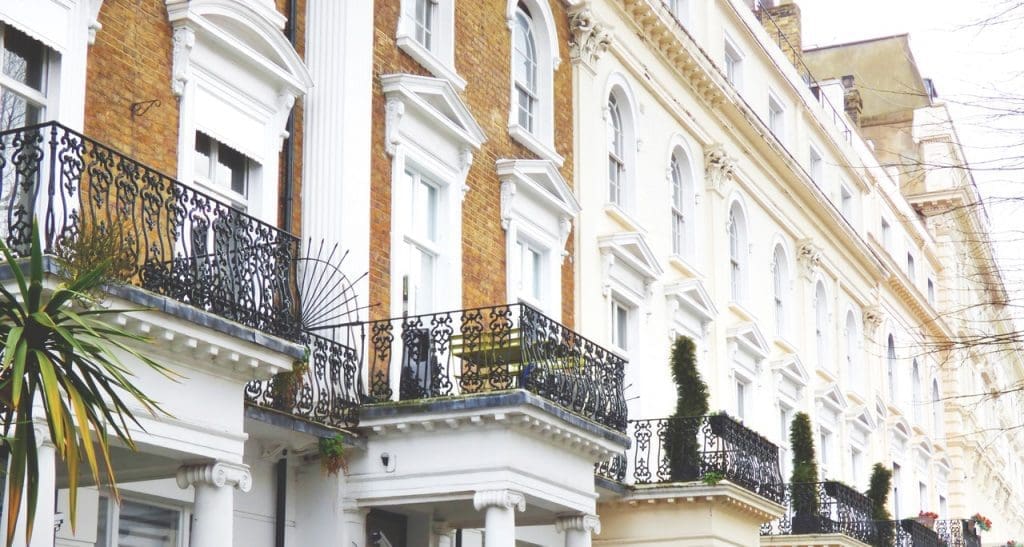

The average service charge bill in London is around £2,000 a year according to the HomeOwners Alliance, but this broad average covers a huge range of variance.
While some leaseholders are paying just a few hundred pounds per annum, others face fees of £10,000 and beyond.
An annual service charge is imposed on all buildings but on top of this there remains the possibility of additional charges to cover unexpected repairs or maintenance. Nobody can know when these expenses will arise – not the overall building owner, nor the individual leaseholders, they therefore have a financial impact, but also the mere possibility of their occurrence leads to a degree of ongoing stress and anxiety.
There will also be many cases of people living with the anxiety of what could happen – will the service charge greatly increase if expensive maintenance is required in future? In 2020, there were
many cases where substantial work led to service charge increases of 300% and more.
In this post, we will focus on how airspace development can alleviate this concern for many leaseholders. For any property whereby airspace development is deemed suitable, the benefits can be profound for existing leaseholders, both in reducing the ongoing service charge and in potentially covering the cost of preexisting concerns .
What is Airspace development?
Airspace development is the process of expanding upwards on top of existing properties, thus increasing capacity without increasing square footage at ground level.
In urban areas, this enables overall housing capacity to be increased in areas where there may be few available new plots of land on which to develop.
Please read our full guide for further details.
Airspace development and service charges – two basics
Airspace development has the potential to reduce service charges per flat because of two factors – both of which will be expanded upon below.
Firstly, the creation of additional properties within the same building means that the overall maintenance charge will be divided between more leaseholders.
While the overall annual service charge for the property will increase slightly, there will be a significant per property reduction as the overall figure is divided between extra leaseholders and tenants.
The air space development will also necessitate a new roof being included as part of the work, this then reduces the need for annual patches to the roof. In many instances, leesees prefer to pay for annual patches, rather than the significant financial outlay for major roof repair. With a new roof, neither are required.
However, the second benefit is that the overall maintenance charge will drop post airspace development, this because many pre-existing concerns will have been addressed as part of the development.
There is therefore a reduced overall bill and this is divided between more stakeholders.
Tackling Pre-Existing Concerns
It is often assumed that if a building is larger, expanded upwards, then the cost of maintaining the building must surely rise too, both overall and also per leaseholder.
The reason this is not the case is because an experienced airspace developer will factor in upgrading the property as required as part of the development process.
Ultimately, the developer wants to either sell or rent the newly created flats and for this to happen the building must be in a good overall state of repair. It is in the developer’s interest to carry out remedial work.
Addressing longstanding concerns relating to the building’s state of repair might also be a condition of the contract, approval for the development being granted on the basis that repairs or upgrades are undertaken.
Improving Communal Areas
Depending on the scope of the development, there may be an agreement to improve communal aspects of the building.
This could be to improve the lifts and the stairwells; it could be the bin area, bike storage or any outside, communal space.
The work can be in the shape of a general revamp to freshen up these communal areas and make them more suitable for the increased overall occupancy.
A new, guaranteed roof
Often, the single aspect of any property liable to lead to the largest maintenance fees is the roof.
If, and when, the roof on any block of flats needs replacing the cost will be considerable and with sinking funds rare, it is common for the lessees to find themselves having to immediately fund the full cost of the repair.
Airspace development removes this concern as the development will always necessitate the installation of a new roof, this covered by a long-term guarantee.
What was previously a cause for concern instead becomes an asset, the building benefitting from a roof that is assured to not require repair work for many years to come.
Having aspects of the property, such as the roof, under guarantee also reduces the need to keep service charges high for fear of future unplanned work.
The combination of a lack of sinking fund and near inevitably of unexpected repairs in the medium to long term, makes airspace development a popular option for many who feel trapped by these financial concerns.
Increasing Property Value
A separate benefit of airspace development to existing leaseholders is that the work typically increases the value of all existing properties.
The increase to property value is typically 3 or 4% per cent, but it can be as significant as 10% – in a city such as London this is potentially a sum beyond £50,000.
Reduced service charges and increased property value are a superb double benefit for existing leaseholders in any property that undergoes airspace development by specialist developers.
ABOUT UPSPACE
Upspace specialises in residential rooftop development.
We help leaseholders and developers transform under-used property airspace into high-end liveable accommodation – helping address London’s housing shortage.
If you have any queries or are interested in finding out if your property might be suitable for airspace development, please contact us.










